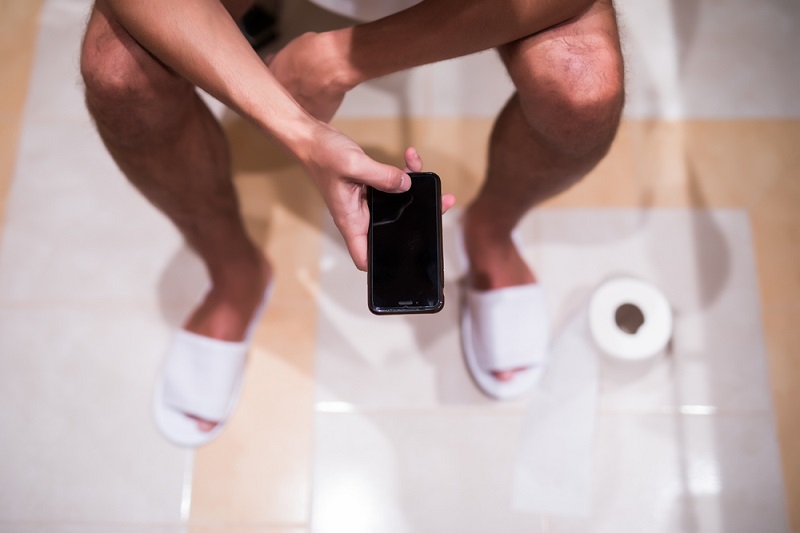
How Did a Man's Rectum End Up 'Falling Out' of His Body?

A man in China developed a rare condition after playing games on his phone while sitting on the toilet: His rectum slipped out of his anus, according to news reports.
The man went to a hospital in southeast China after he noticed a "ball-sized" lump had fallen out of his anus but was still attached to his body, according to the Daily Mail.
The man was diagnosed with rectal prolapse, a relatively uncommon condition in which the rectum, or the last part of the large intestine, becomes detached from inside the body and essentially turns itself "inside out," allowing it to slip out of the anus, according to the American Society of Colon and Rectal Surgeons (ASCRS).
The condition affects about 2 out of every 100,000 people, and up to two-thirds of patients with the condition have chronic constipation, ASCRS says. Rectal prolapse is most common in women over age 50, but it can occur in younger adults and children as well, according to the Cleveland Clinic.
The exact cause of the condition is unclear, but certain factors may play a role, including loose muscles of the anal sphincter (the muscle that controls the release of stool), previous injury to the anal or pelvic areas, damage to the nerves in the rectal area; chronic constipation or straining during bowel movements, and infections with intestinal worms, according to the Cleveland Clinic.
The man told his doctors that he had been playing mobile games while trying to have a bowel movement for more than half an hour, according to the Daily Mail. He had experienced rectal prolapse in the past (since he was 4 years old), but on previous occasions, the rectum had retracted to its normal position, according to his doctors.
The man underwent surgery to treat his condition, the Daily Mail reported.
Get the world’s most fascinating discoveries delivered straight to your inbox.
Original article on Live Science.

Rachael is a Live Science contributor, and was a former channel editor and senior writer for Live Science between 2010 and 2022. She has a master's degree in journalism from New York University's Science, Health and Environmental Reporting Program. She also holds a B.S. in molecular biology and an M.S. in biology from the University of California, San Diego. Her work has appeared in Scienceline, The Washington Post and Scientific American.
 Live Science Plus
Live Science Plus





